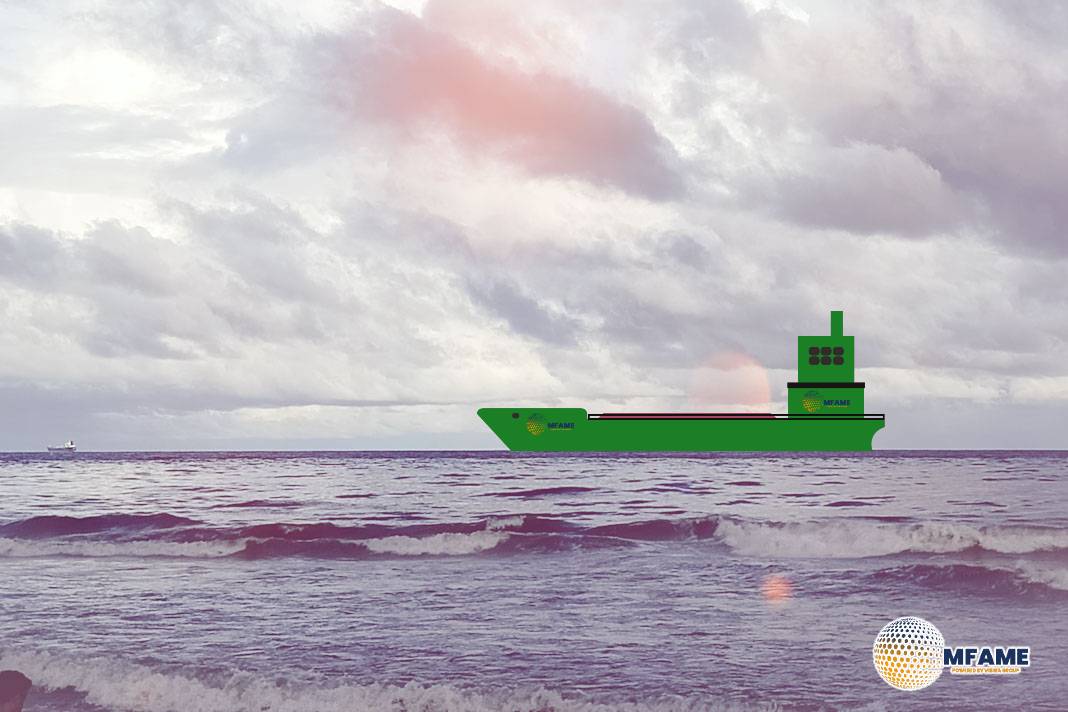- $150 per Car Equivalent Unit starting in October 2025.
- Increasing percentage of U.S. LNG must use U.S.-built vessels.
- 9% of U.S. port calls affected, a significant reduction from earlier proposals.
The United States Trade Representative (USTR) has proposed a new regulatory regime to target ships with Chinese connections, either by way of ownership, operation, or construction. Simultaneously, the proposal favours the use of U.S.-constructed ships, reports LinkedIn.
Fees on Chinese-Owned or Operated Vessels
The new proposal brings in a phased fee system for Chinese-owned or operated ships. From April 2025, the per Net Ton (NT) fee will initially be $0 and progress incrementally to $140 by April 2028. The fee will be charged up to five times per annum per ship on a rotation basis through the ports.
Boosted Fees for Chinese-Built Ships
For ships built in China, fees will be charged on either the Net Ton or container volume, whichever is greater. These will rise to $33 per NT or $250 per container by 2028. Various exemptions apply, including U.S. government cargo, ships in national security programs, ships entering empty or in ballast, small vessels, and short-sea trade. U.S.-owned vessels with a minimum of 75% U.S. ownership will also be exempted. Moreover, a 3-year fee suspension will be applicable if a U.S.-constructed vessel is ordered or received.
Foreign-Built Vehicle Carrier Charges
Foreign-built vehicle carriers will not be charged anything until October 2025 under the new system. From then on, a charge of $150 per Car Equivalent Unit (CEU) will be imposed. A suspension of fees will be offered to buyers of U.S.-built ships.
LNG Export Vessel Requirements
Beginning on April 17, 2028, an increasing proportion of U.S. LNG exports will need to be transported in U.S.-built, flagged, and crewed ships. This provision will start at 1% in 2028 and increase to 11% by 2045. Operators who purchase an equivalent-capacity U.S.-built LNG ship will be exempt from this for 3 years.
Market Impact
The new framework applies to just 9% of U.S. port calls in 2024, significantly down from 43% in earlier drafts:
- Containerships: 7%
- Bulk carriers: 9%
- Crude tankers: 6%
- Product tankers: 3%
- Car carriers: 95% (approx. 4,110 calls)
Global Trade Context
- The U.S. handles 12% of global seaborne trade by weight
- Accounts for 5% of global imports and 7% of exports
- Chinese-owned interests control 15% of the global fleet, including:
- 32% of bulk carriers
- 25% of containerships
- 19% of tankers
Did you subscribe to our daily Newsletter?
It’s Free Click here to Subscribe!
Source: LinkedIn

















